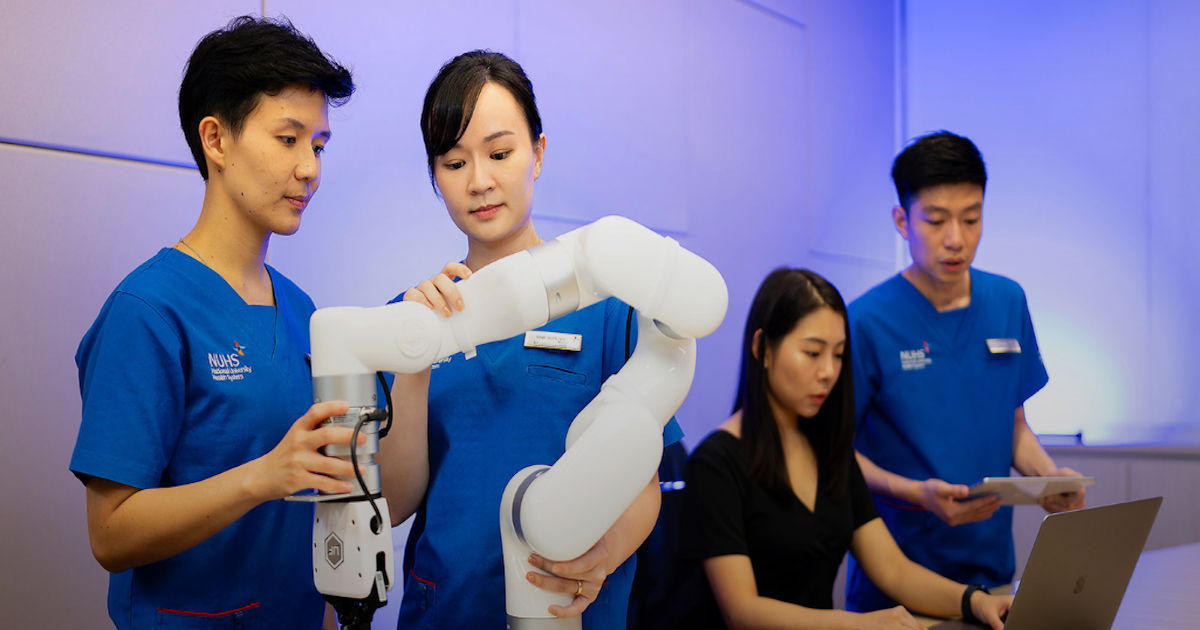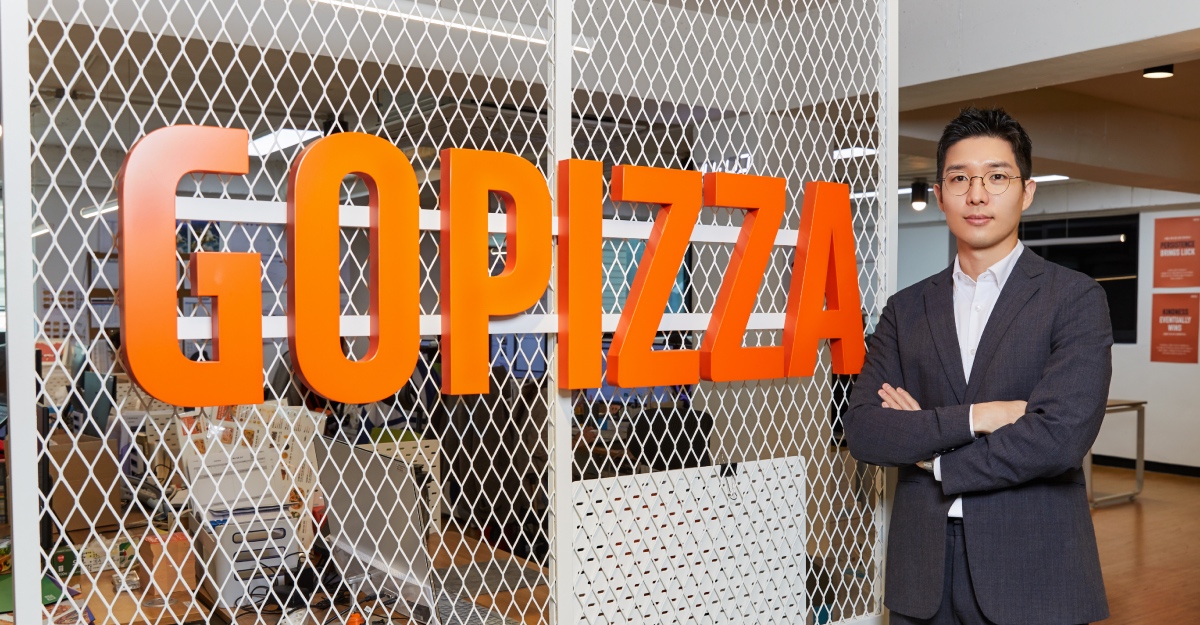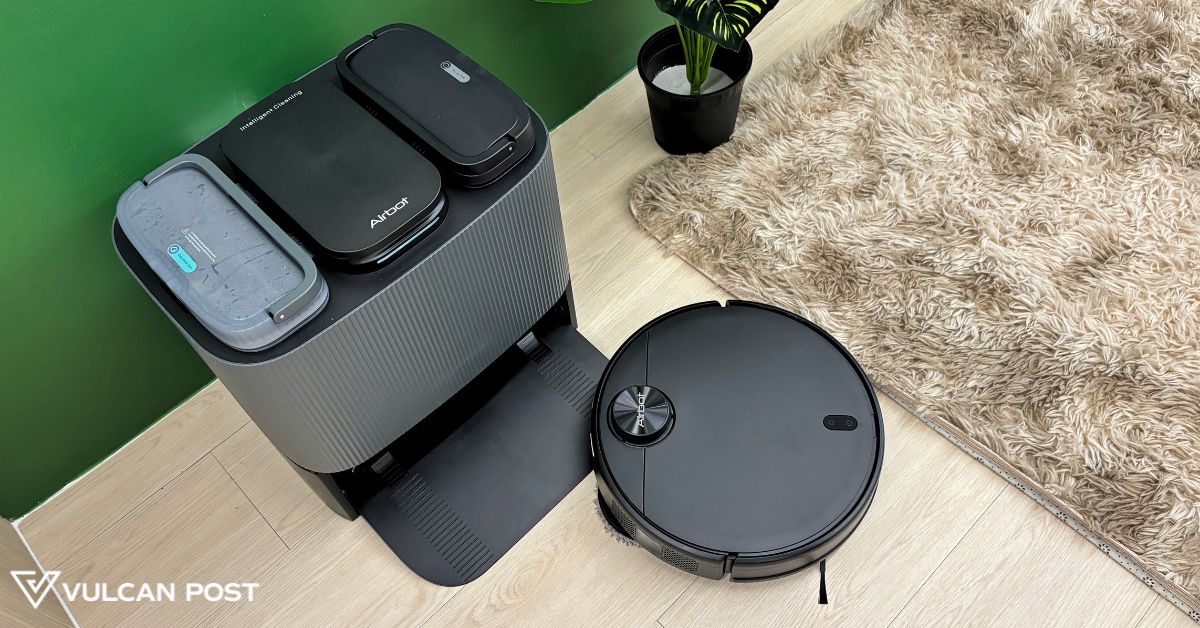“On a scale of one to ten, how would you rate your pain?” – one of the iconic lines in the Disney animated film Big Hero 6, where Baymax, a healthcare companion robot, responded to the film’s protagonist, Hiro’s physical response by stubbing his toe.
As I re-watched that scene at home, I wondered when I could have my own personal robot caretaker that is as lovable and huggable as Baymax, but little did I know that Singapore is already building towards this vision.
In recent years, Singapore has seen a surge in robots and robotic technology being used in various industries, including the healthcare industry.
From relieving manpower shortages to interacting with patients, here is a deep dive into how robots and robotic technology are used in Singapore’s healthcare ecosystems.
A colleague to human nurses
Recently, there has been a surge of innovations using robotic technology to cope with manpower shortages worldwide, especially during the global COVID-19 pandemic which put immense pressure on healthcare workers in Singapore.
A hospital no stranger to robots is Changi General Hospital (CGH), as they incorporated robotic technology into their operations as early as 2015. The hospital recently announced a new trial with three new robots in their emergency department (ED) in July this year: MEDi – a medicine delivery robot; EDi – a robot that helps patients and kin to navigate around the hospital, and BLANKi – a robot that delivers blankets to patients.
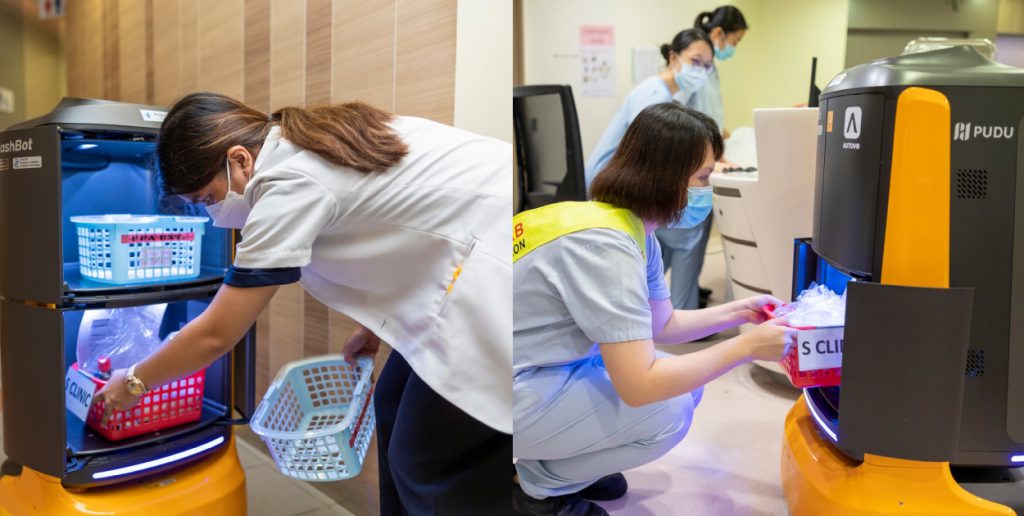
These robots have automated repetitive and mundane tasks, with MEDi saving up to two hours of time for nurses in the ED and BLANKi reducing the workload of retrieving items by nearly half. In a separate interview with ChannelNewsAsia (CNA), nurses have shared that it allows them to focus on tending to their patients more and perform ‘human-related’ tasks such as dressing wounds and bedside care.
“We wanted to harness the use of robotics to find a more innovative solution to optimise our manpower, resources and also to streamline our processes in the ED (emergency department),” said senior nurse manager at CGH Emergency Department Elaine Leong in an interview with CNA. As of now, the hospital is looking to explore more opportunities for robots to be used in other departments other than the ED.
Another hospital that also uses robotic assistants is Alexandra Hospital (AH), with their successful trial on robot assistant ‘Florence’. According to an article by The Straits Times, robotic assistants have the ability to “replace” two nurses, cementing the need for robots to support jobs lacking in manpower.
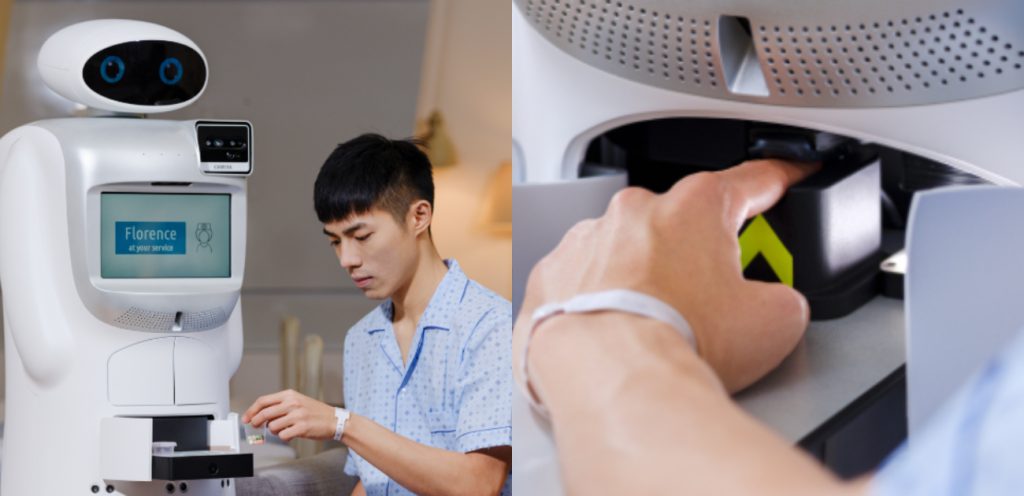
Aside from delivering medicines and snacks to patients, Florence also helps to measure the patient’s breathing patterns and vital signs through its camera, sensors and pulse oximeter.
Lowering risks from surgeries
Previously, patients who require surgeries across different body systems are required to go through multiple procedures. These procedures are often open surgeries, where larger incisions on the patient’s body are made for the surgeons to have better access to your organs during surgery. But with traditional open surgeries, patients often experience longer recovery times and have a higher risk of infections while at the hospital.
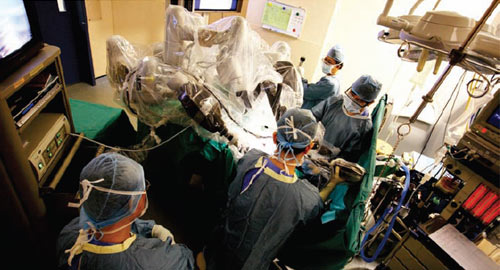
However in recent years, we have seen more hospitals and medical institutions using robotic technology such as the Da Vinci XI robot to conduct more minimally invasive surgeries across multiple body systems, eliminating the need for multiple procedures. Mount Elizabeth Hospital used this robot to successfully complete a seven-hour long surgery across three sections of the body, making it Singapore’s first.
“As we had to operate on both these organs, using conventional open surgery would have meant a very long cut was needed, around 40cm from the chest to the pubic bone, as compared with a few 1cm cuts needed with the robot,” said Dr Chin Chong Min, a urologist with the hospital in an interview with The Straits Times.
Singapore is also in the midst of experimenting with robotic telesurgery, which allows surgeries to be performed remotely through robotic technology. Singapore’s National University Hospital and NUS Yong Loo Lin School of Medicine (NUS Medicine) collaborated with Japan’s Fujita Health University (FHU), making it the first robotic telesurgery trial between Singapore and Japan.
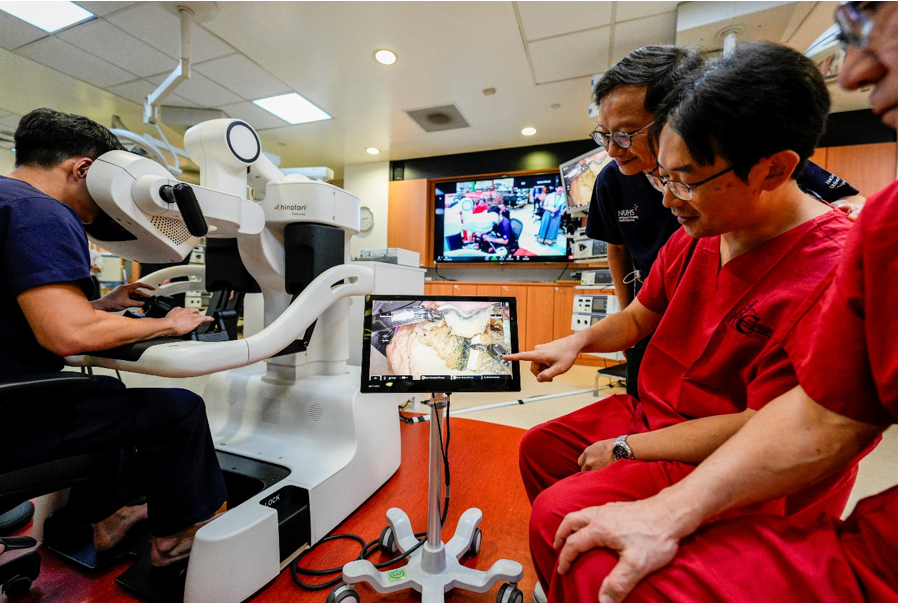
However, as with any procedure remotely conducted comes the risk of network disconnecting mid-surgery, as well as time lags. According to Professor Jimmy So, Head and Senior Consultant, Division of General Surgery (Upper Gastrointestinal Surgery), Department of Surgery at NUH, the time lags were minimal and conducted safely during the trial.
However, he was quick to clarify that there is still a lot more that needs to be done before robotic telesurgery could be done on live patients and the robot will mostly be used for training. It is also worth noting that surgeons need to be trained in robotic surgeries before they can operate on patients with robotic technology.
Nonetheless, there is immense potential for new discoveries and advancements in robotic surgeries, which can disrupt the healthcare industries greatly in the future.
Rehabilitative and AI robots on the rise
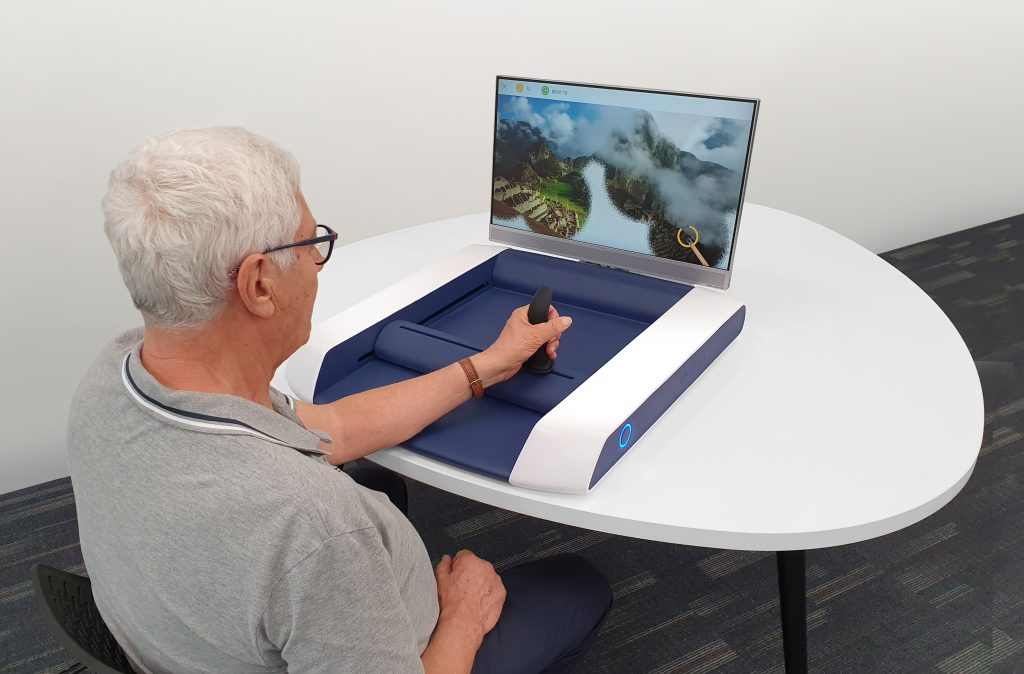
Robots have also become more common in therapy and rehabilitation, leading to the rise in robotic-assisted physical therapy in Singapore. These robots are designed to help patients regain their mobility and feeling in their limbs – with some local MedTech startups creating their own devices and setting up their own rehabilitation facilities.
Singaporean MedTech startup Articares launched their own portable arm rehabilitation robot H-man in 2020. The robot is currently used at healthcare institutions worldwide, including Tan Tock Seng Hospital. By interacting with the robot, it helps stroke patients regain upper limb mobility by playing exercise games, to which the robot evaluates their progress and transmits the information to the therapists.
Another type of robot that is becoming more common are Artificial Intelligence (AI) robots. While this concept is not new for the general public, they have revolutionised many established industries such as aviation worldwide.
For example, in Big Hero 6, Baymax is programmed by several data chips, including his healthcare chip that is based on ‘10,000 surgeries’. Like Baymax, AI robots are programmed by historical data and have shown to be capable in providing emotional and physical care towards patients.
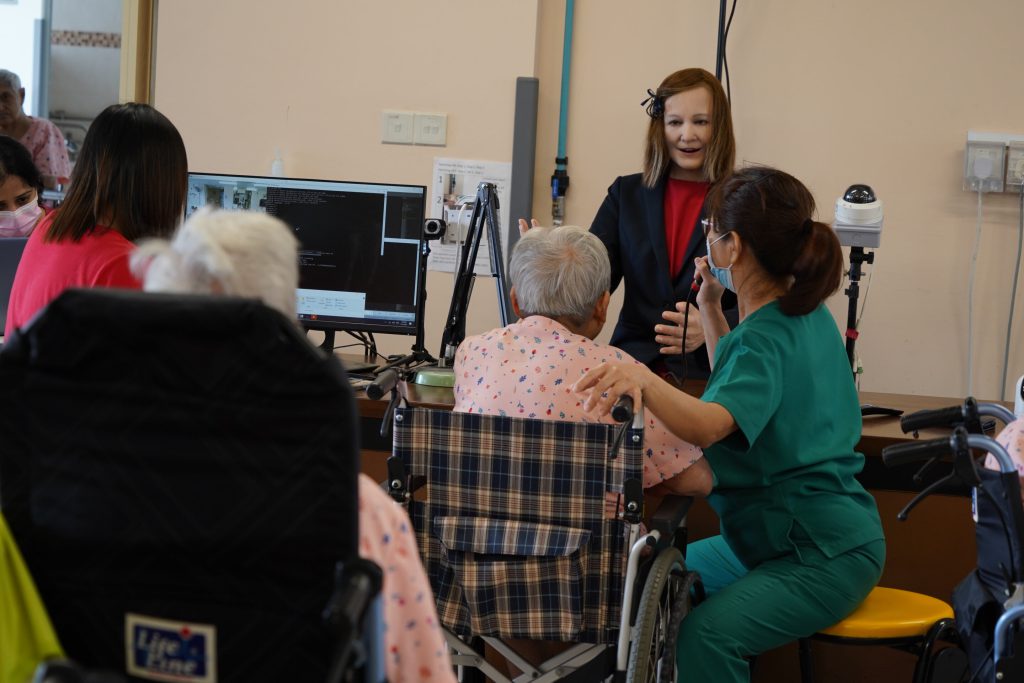
One notable example is Nadine – an AI robot created by Nadia Magnenat Thalmann, a robot expert from the University of Geneva. After making headlines for being the world’s first AI robot receptionist, Nadine was seen facilitating a game of Bingo with elderly patients at Bright Hill Evergreen Home, an elderly home in Singapore in 2020.
Lim Hwee Er, Director and Principal OT consultant at Goshen Consultancy Services shared in an interview with Thalmann that the relationships established between the elderly and Nadine shows a well-adjusted interaction between humans and robots.
The use of Nadine, a humanoid robot, has helped to improve their cognitive function, attention [span] and memory.
Lim Hwee Er, Director and Principal OT consultant at Goshen Consultancy Services
More robots to come?
Robots and robotic technology have shown tremendous promise to revolutionise healthcare, with more healthcare institutions around the world adopting and experimenting with them. Moreover, the overall potential of robots revolutionising healthcare and medicine has shown to exponentially increase when combined with new technologies such as AI.
That being said, the automation of tasks performed by robots does not mean that the entire healthcare workforce will be replaced entirely. Instead, robots and robotic technology are playing a supporting role in fulfilling the responsibilities of doctors and nurses. In the case of surgeons, they are using robots as a ‘tool’ to perform less invasive surgeries on their patients.
Hence, this also ascertains that robotics will continue to bring positive advancements to healthcare and we do not have to worry about living in a dystopian society reminiscent of ‘The Terminator’ and ‘The Matrix’.
Featured Image Credit: National University Health System (NUHS)
